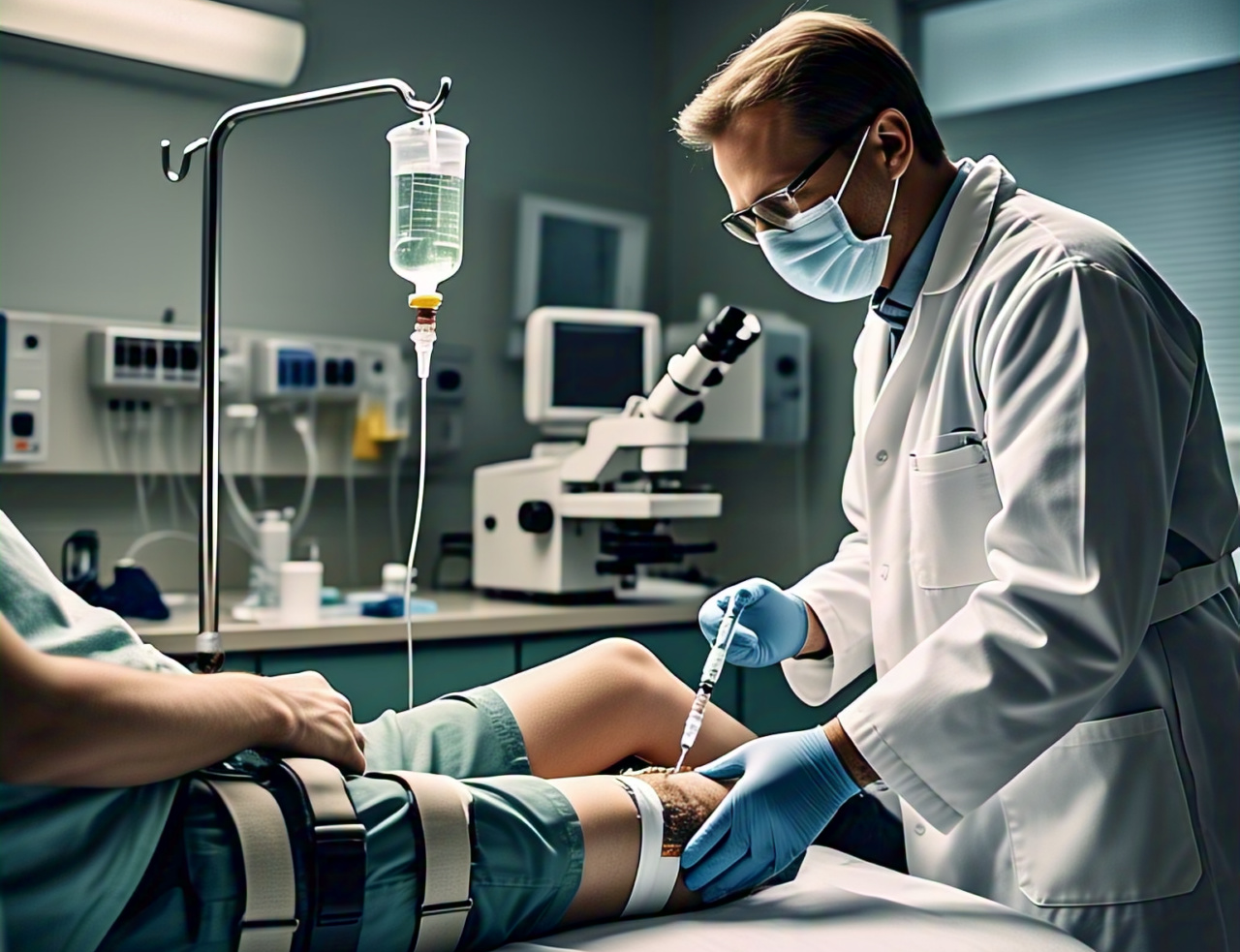If you’re considering stem cell therapy for knee replacement, it’s best to consult with an orthopedic specialist as well as a regenerative medicine specialist to determine the best approach based on your specific needs.
The information below is what I’ve gathered over the past few years from colleagues, clients, and industry news. It is intended for informational purposes only, this is not medical advice.

Pre-Surgery (Before Knee Replacement)
The goal of pre-surgical stem cell injections is to reduce pain, inflammation, and possibly regenerate some cartilage, delaying or improving the outcome of surgery.
1. Mesenchymal Stem Cells (MSCs) – Bone Marrow-Derived
- Source: Harvested from the patient’s own bone marrow (usually from the iliac crest).
- Benefits:
- Some studies suggest MSCs from bone marrow can slow osteoarthritis progression.
- Can help manage pain and improve mobility before surgery.
- Might improve cartilage health, potentially making surgery more successful.
- Considerations: Effectiveness depends on the patient’s age, overall health, and severity of knee degeneration.
2. Adipose-Derived Stem Cells (ADSCs)
- Source: Extracted from fat tissue (via liposuction).
- Benefits:
- Higher yield of stem cells compared to bone marrow.
- Strong anti-inflammatory effects.
- Easier and less painful to obtain than bone marrow-derived cells.
- Considerations: Less evidence supports cartilage regeneration compared to bone marrow MSCs.
3. Platelet-Rich Plasma (PRP) (Adjunct Therapy)
- Source: Derived from the patient’s own blood and contains growth factors.
- Benefits:
- Used alongside stem cells to enhance their effects.
- May reduce pain and inflammation before surgery.
- Considerations: More effective for mild to moderate arthritis, not severe cases.
Best Option for Pre-Surgery:
- Bone Marrow-Derived MSCs (best for cartilage health and joint integrity)
- Adipose-Derived MSCs (better for reducing inflammation)
- PRP as an add-on therapy to boost healing potential
Post-Surgery (After Knee Replacement)
After knee replacement, the goal of stem cell injections is to promote healing, reduce inflammation, and improve long-term joint function.
1. Umbilical Cord-Derived Mesenchymal Stem Cells (UC-MSCs)
- Source: Obtained from donated umbilical cord tissue (Wharton’s jelly).
- Benefits:
- Highly potent and anti-inflammatory.
- Promotes soft tissue healing and minimizes scar tissue formation.
- No need for invasive harvesting from the patient.
- Considerations: Limited studies in post-surgical applications, but early research is promising.
2. Amniotic Fluid-Derived Stem Cells
- Source: Collected from amniotic fluid and membranes (donor-derived).
- Benefits:
- Contains growth factors that accelerate wound healing.
- May reduce inflammation and pain postoperatively.
- Some evidence suggests it may enhance tissue repair.
- Considerations: Does not contain living stem cells like UC-MSCs, but the bioactive factors are beneficial.
3. Bone Marrow-Derived MSCs (Less Common Post-Surgery)
- Source: Patient’s bone marrow.
- Benefits:
- Could help improve soft tissue healing.
- Sometimes used if a patient has complications with healing.
- Considerations: More commonly used before surgery rather than after.
4. PRP (Adjunct Therapy)
- Benefits:
- Can help with pain management after surgery.
- May accelerate tissue healing.
- Considerations: Works better in combination with other regenerative therapies.
Best Option for Post-Surgery:
- Umbilical Cord-Derived MSCs (best for soft tissue healing and anti-inflammation)
- Amniotic Fluid-Derived Stem Cells (for reducing inflammation and pain)
- PRP as an add-on therapy to improve recovery speed
Summary: Best Stem Cell Types for Pre- and Post-Knee Replacement
| Phase | Best Stem Cell Types | Primary Benefits |
|---|---|---|
| Pre-Surgery | Bone Marrow-Derived MSCs | Cartilage regeneration, joint support |
| Adipose-Derived MSCs | Anti-inflammatory, pain reduction | |
| PRP (Adjunct) | Enhances stem cell effects | |
| Post-Surgery | Umbilical Cord-Derived MSCs | Soft tissue healing, anti-inflammation |
| Amniotic Fluid-Derived Stem Cells | Wound healing, pain reduction | |
| PRP (Adjunct) | Supports faster recovery |
Final Thoughts
- For Pre-Surgery: Bone marrow or adipose-derived MSCs may help maintain cartilage and delay the need for knee replacement.
- For Post-Surgery: Umbilical cord or amniotic-derived stem cells can help with healing and recovery after the knee replacement.
Leave a Reply
You must be logged in to post a comment.